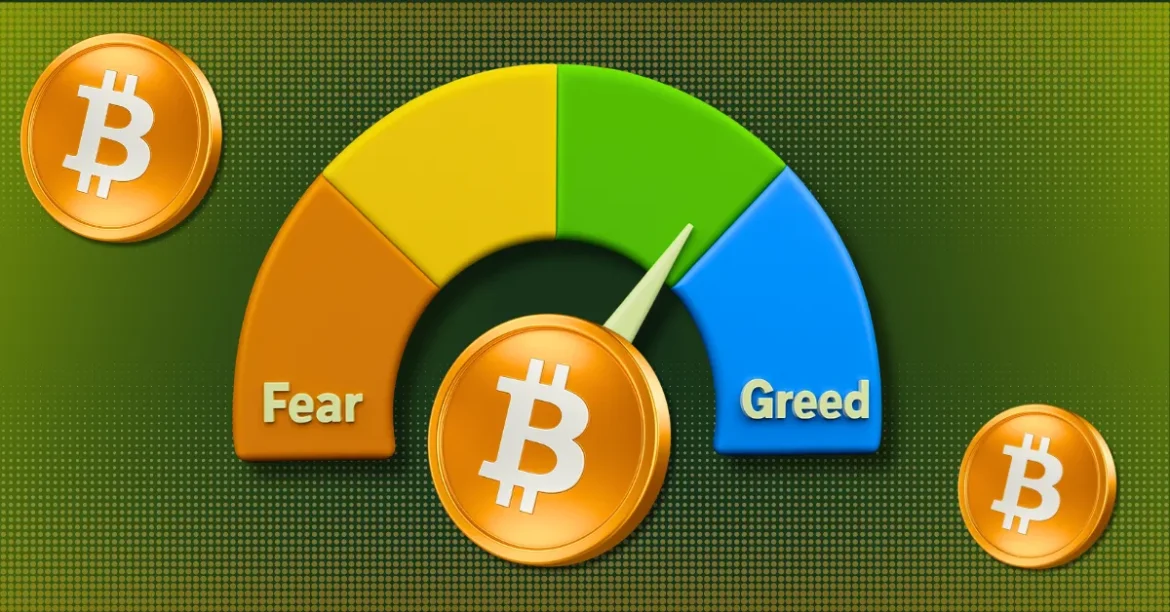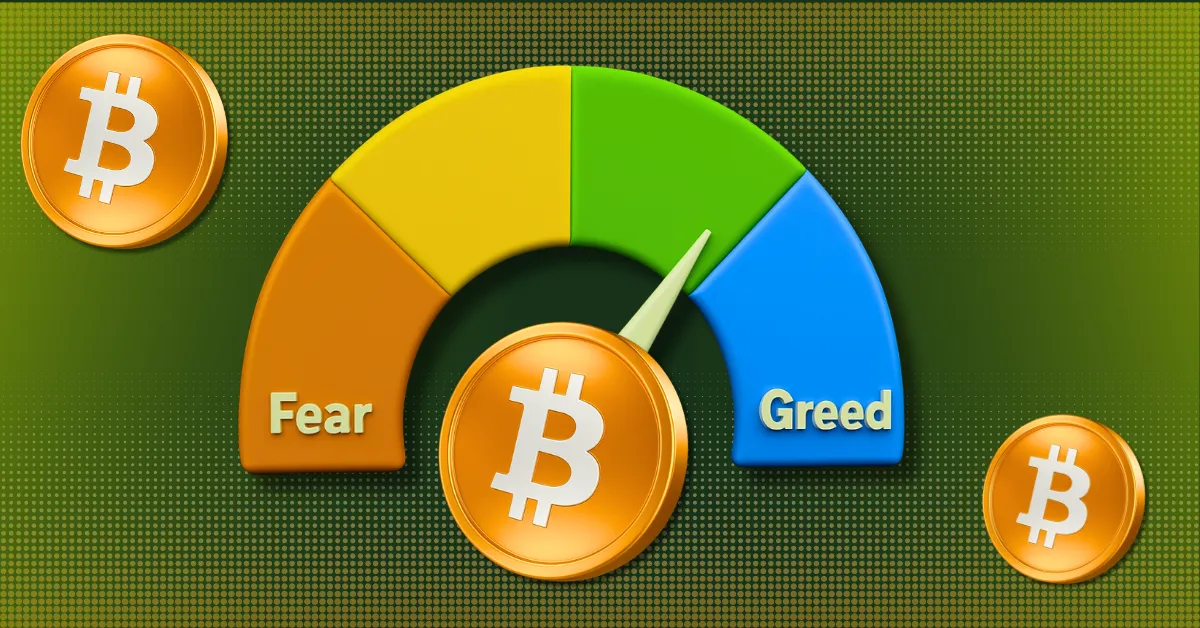Decoding Market Sentiment: The Crypto Fear & Greed Index Explained
The Emotional Pulse of Cryptocurrency Markets
Cryptocurrency markets operate in a realm where emotions often dictate price movements more than fundamentals. Unlike traditional markets with established valuation metrics, crypto prices are heavily influenced by investor sentiment, which can swing dramatically in short periods. The Crypto Fear & Greed Index serves as a barometer for this emotional landscape, providing a numerical representation of market sentiment that ranges from extreme fear to extreme greed.
This index is particularly valuable in an asset class known for its volatility. By quantifying sentiment, it helps investors identify potential market extremes that may present buying or selling opportunities. The index’s simple numerical scale makes it accessible to both novice and experienced investors, offering a quick snapshot of the market’s emotional state.
The Anatomy of the Fear & Greed Index
The index isn’t derived from a single data point but rather a composite of multiple indicators, each contributing a weighted percentage to the final score. This multi-faceted approach provides a more comprehensive view of market sentiment than any individual metric could offer.
Key Components and Their Significance
Practical Applications of the Index
Contrarian Investing Strategy
One of the most common uses of the Fear & Greed Index is as a contrarian indicator. This strategy involves acting against the prevailing market sentiment, based on the principle that extreme emotions often lead to irrational pricing.
– Buying During Fear: When the index indicates extreme fear (0-24), it suggests that the market is oversold and undervalued. This may present a buying opportunity, as prices are likely to rebound once the fear subsides. Historically, periods of extreme fear have coincided with market bottoms, offering savvy investors the chance to acquire assets at discounted prices.
– Selling During Greed: Conversely, when the index indicates extreme greed (75-100), it suggests that the market is overbought and overvalued. This may signal a good time to sell, as prices are likely to correct once the euphoria fades. Extreme greed often leads to careless investments, as individuals chase quick profits without proper due diligence.
Risk Management Tool
Beyond contrarian investing, the Fear & Greed Index can serve as a risk management tool. By providing a visual representation of market sentiment, it can help investors assess the current risk environment and adjust their strategies accordingly.
– Position Sizing: During periods of extreme greed, investors may choose to reduce their position sizes or take profits, as the risk of a market correction increases. Conversely, during periods of extreme fear, they may increase their position sizes, as the potential for a market rebound grows.
– Stop-Loss Adjustments: The index can also inform stop-loss strategies. During periods of high volatility and fear, wider stop-loss levels may be appropriate to avoid being stopped out by temporary price swings. During periods of low volatility and greed, tighter stop-loss levels may be more suitable.
Limitations and Caveats
While the Fear & Greed Index is a valuable tool, it’s not without its limitations. Understanding these caveats is crucial for using the index effectively.
Reactive, Not Predictive
The index primarily reflects current market sentiment rather than predicting future price movements. It’s a snapshot of the present, not a crystal ball for the future. This means that while the index can help identify potential market extremes, it doesn’t provide precise timing for market reversals.
Sentiment Can Linger
Market sentiment can remain in extreme fear or greed for extended periods, especially during prolonged bull or bear markets. Using the index as a short-term timing tool can be risky, as sentiment may not shift as quickly as expected.
Data Manipulation
The index relies on data from various sources, some of which can be manipulated or influenced by external factors. Social media sentiment, for example, can be artificially inflated or deflated through coordinated campaigns or bots. This can lead to inaccurate readings of market sentiment.
Regional Differences
The index typically reflects global market sentiment. However, regional differences in investor behavior and regulatory environments can influence market dynamics in specific countries or regions. For example, regulatory crackdowns in one country may not be fully captured by the global index.
Altcoin Sentiment
The index is heavily influenced by Bitcoin’s performance and sentiment. It may not accurately reflect the sentiment surrounding individual altcoins, which can have their own unique drivers and catalysts. Altcoin markets can exhibit different sentiment patterns than the broader crypto market.
The Human Element: Emotional Discipline
Perhaps the most valuable application of the Fear & Greed Index is as a reminder of the importance of emotional discipline in investing. The index can serve as a warning signal when emotions are running high, prompting investors to take a step back and re-evaluate their decisions.
Resisting Panic Selling
During periods of extreme fear, the index can remind investors to avoid panic selling, which can lock in losses. Instead, it encourages them to consider the long-term potential of their investments and maintain a disciplined approach.
Avoiding FOMO-Driven Buying
During periods of extreme greed, the index can help investors resist the urge to chase quick profits driven by Fear Of Missing Out (FOMO). It encourages them to stick to their investment strategy and avoid making impulsive decisions based on hype.
Maintaining a Long-Term Perspective
The Crypto Fear & Greed Index can help investors maintain a long-term perspective by highlighting the cyclical nature of the market. It reminds them that periods of fear and greed are temporary and that patience and discipline are essential for long-term success.
Conclusion: A Compass for Navigating Crypto Markets
The Crypto Fear & Greed Index is a powerful tool for understanding market sentiment, but it’s not a foolproof guide to investment success. It should be used as a compass, providing a general sense of direction, rather than a map, offering precise instructions. To navigate the volatile waters of cryptocurrency markets effectively, investors should integrate the index into a broader investment strategy that incorporates technical analysis, fundamental analysis, risk management, and, most importantly, emotional discipline.
In the ever-evolving world of cryptocurrency, knowledge, caution, and a healthy dose of skepticism are the keys to navigating the market’s inherent volatility and achieving long-term financial goals. The Fear & Greed Index serves as a valuable guidepost along this journey, helping investors stay grounded amidst the market’s emotional rollercoaster. By using the index wisely and maintaining a disciplined approach, investors can position themselves to capitalize on opportunities while managing risk effectively.





